Table of Contents
Important Information: Location and Timings
- Location: First St, Sarvodaya Nagar, Kanpur, Uttar Pradesh, 208005, India
- Open and Close Timings:
- Morning : 5:00 am – 12:00 Noon
- Evening : 4:00 P.M. to 10:00 P.M.
- Arti Timings: 7:00 PM
- Nearest Railway Station: Rawatpur Railway Station at Approx. 3 Kilometers & Anwarganj Railway Station at Approx. 4.0 Kilometers
- Distance from Kanpur railway station: at a distance of nearly 7.0 Kilometers.
- Nearest Airport: Kanpur Civil Airport, Chakeri at a distance of nearly 18.4 kilometers.
- Dedicated to: Radha Krishna.
- Special Festival : Janmashthmi.
- JK Temple Rules and Regulations :
- Pets are not allowed inside the temple premises
- Shoes should be kept outside before entering the temple. For that they have Shoe house.
- Photography through phone or camera is prohibited. One can take photographs at the parks outside the temple only.
- Mobiles should be kept in silent mode.
- Dress suitably. Avoid revealing clothes such as shorts, short skirts, sleeveless etc.
(It’s not ethical to capture photograph inside the temple when someone engaged in worship! Please also follow temple`s Rules and Tips.)
Map
https://kanpurnagar.nic.in/tourist-place/jk-temple/
Introduction:
Welcome to our comprehensive guide on JK Temple, also known as Juggilal Kamplapat Temple, located in the enchanting city of Kanpur, Uttar Pradesh, India. This remarkable temple is a masterpiece of architectural excellence, combining both ancient and modern design elements. Situated in Sarvodaya Nagar, the temple is surrounded by serene lakes and lush greenery, including the popular Moti Jheel. In this blog post, we will delve into the temple’s history, architecture, attractions, festivals, and how to reach this divine destination.
History and Architecture:
Constructed in 1960 by the JK Trust, the JK Temple stands as a testament to the Singhania family’s dedication to preserving cultural heritage. The trust, formed in 1953, oversees the management of the temple. The temple boasts awe-inspiring architectural features, with intricate stone carvings adorning its exterior and conical roofs designed for optimal ventilation. Its east-west facing structure showcases a harmonious blend of ancient and modern architectural styles, seamlessly merging South Indian and North Indian influences.

JK Temple in Kanpur follows the revered Panchayatan style of temple architecture as well, featuring five shrines within the garbha griha (sanctum sanctorum) of the temple. Alongside the main deity, the temple houses four additional deities, creating a spiritually enriching experience for devotees and visitors.
The centerpiece of the temple is the Shri Radhakrishna Temple, exquisitely adorned with marble accents. It comprises five shrines dedicated to different deities. The main shrine honors Shri Radhakrishna, while the others house idols of Lakshminarayan, Lord Ardhanarishwar, Lord Narmadeshwar, and Lord Hanuman. The temple’s mandapa, featuring a high roof for ample light and air circulation, provides a serene space for devotees to engage in rituals. Surrounding the temple, you’ll discover picturesque ponds, verdant gardens, and an ambiance that amplifies the temple’s beauty.
What are the different styles Temple Architecture in India?
There are mainly 2 Styles of Hindu Temples in India. Further they can be divided into different variants and sub-styles. These are as follows:
- Nagara Style or North Indian Style.
- Central Indian Temples.
- panchayatana style.
- Māru-Gurjara Style or Western Style.
- Eastern Indian Temples
- Ahom style.
- Pala style.
- Local Vanga Style.
- Terracotta Brick temples.
- Kalinga Style.
- Rekhapida.
- Pidhadeul.
- Khakra.
- Central Indian Temples.
- Dravida Style or South Indian Style.
- Badami Chalukya Architecture in northern Karnataka.
- Gadag style or Western Chalukya Architecture in western Karnataka.
- Nalukettu style in Kerala.
- Vesara Style:
- (Its a kind of fusion of Nagara and Dravida Style of Temple Architecture.)
To know about these all Styles of Temples in Details, Check out my blog which is completely dedicated on Styles of temples only. Here is the link for it. Click Here...
Attractions
JK Temple is renowned for its captivating architecture, seamlessly blending the old and the new. The inner walls of the temple depict various episodes from the epics of Mahabharata and Ramayana, adorned with intricately carved designs and drawings on pillars and domes. The grand mandapa, with its impressive size and ample ventilation, is a sight to behold. Moreover, the temple’s main attraction lies in its five remarkable idols, including the captivating Radhakrishna idol, as well as idols of Shri Laxminarayan, Shri Ardhanarishwar, Shri Narmadeshwar, and Shri Hanuman. Adjacent to the temple, you’ll find several parks and a serene lake, enhancing the overall experience for visitors.
Festivals
One of the major festivals celebrated at JK Temple is Krishna Janmashtami, commemorating the birth of Lord Krishna. Devotees from far and wide throng to the temple on this auspicious day to seek blessings. The temple is adorned with beautiful lighting and decorations, transforming it into a resplendent bridegroom, symbolizing the joyous occasion.
To know about more old temples of Kanpur Click here…
Do you want to know about other 3 Ancient Shiv Temples of Kanpur? Click Here.
Epilogue: The Eternal Devotion
The JK Temple in Kanpur is a true architectural marvel that seamlessly blends ancient and modern design elements. With its enchanting stone carvings, grand mandapa, and mesmerizing idols, the temple offers a unique spiritual experience. Whether you’re drawn to its historical significance, awe-inspiring architecture, or serene surroundings, a visit to JK Temple is a must for any traveler seeking a deeper connection with Hindu culture.
Remember to plan your visit during the vibrant festival of Krishna Janmashtami to witness the temple adorned in all its glory. And don’t forget to explore the nearby parks and Moti Jheel for a peaceful retreat amidst nature’s beauty.
Getting to JK Temple is convenient, with the Ganesh Shankar Vidyarthi Airport and Kanpur Central Railway Station located in close proximity. Choose your preferred mode of transportation and embark on a journey of spiritual enrichment at this magnificent temple.
So, pack your bags, immerse yourself in the captivating architecture, and let the divinity of JK Temple, Kanpur, leave an indelible mark on your soul.
* Photos are only symbolic (Taken from public domain/internet and any copyright infringement is unintentional and regrettable)
Frequently Asked Questions (FAQs) about JK Temple, Kanpur, India
1. How to Reach JK Temple?
By Air: The nearest airport to JK Temple is Ganesh Shankar Vidyarthi Airport in Kanpur. From there, you can hire a taxi or drive to the temple, which is approximately 18 to 23 km away.
By Train: Kanpur Central is the closest railway station to the temple. From the station, you can easily find local vehicles or hire a cab to reach the temple, which is around 6.5 to 8 km away.
By Road: As JK Temple is located within the city, it is easily accessible by road. Public transportation and taxis are readily available for commuting within Kanpur.
2. Where is JK Temple located in Kanpur, India?
JK Temple is located at First St, Sarvodaya Nagar, Kanpur, Uttar Pradesh, 208005, India.
3. What are the temple’s opening and closing timings?
The temple is open in the morning from 5:00 am to 12:00 noon and in the evening from 4:00 pm to 10:00 pm.
4. When is the Arti (prayer ritual) held at JK Temple?
The Arti is performed at 7:00 pm daily.
5. How far is JK Temple from Kanpur railway station?
JK Temple is approximately 7.0 kilometers away from Kanpur railway station.
6. Is there a railway station closer to JK Temple than Kanpur railway station?
Yes, Rawatpur Railway Station is the nearest railway station to JK Temple, located at approximately 3 kilometers from the temple. Anwarganj Railway Station is also nearby, at about 4.0 kilometers away.
7. What is the nearest airport to JK Temple?
The nearest airport to JK Temple is Kanpur Civil Airport, Chakeri, which is approximately 18.4 kilometers away.
8. Who is the temple dedicated to?
JK Temple is dedicated to Radha Krishna.
9. Are there any specific rules and regulations for visitors at JK Temple?
Yes, there are rules to follow when visiting JK Temple:
> Pets are not allowed inside the temple premises.
> Visitors must remove their shoes before entering the temple and use the designated Shoe house.
> Photography inside the temple is prohibited; it is allowed only in the parks outside.
> Mobile phones should be kept in silent mode.
> Visitors are advised to dress appropriately and avoid revealing clothing such as shorts, short skirts, and sleeveless attire.
10. What is the history and architecture of JK Temple in Kanpur?
JK Temple, constructed in 1960 by the JK Trust, showcases a blend of ancient and modern architectural elements. It follows the Panchayatan style of temple architecture and houses five shrines within the sanctum sanctorum. The temple’s centerpiece is the Shri Radhakrishna Temple, adorned with marble accents and surrounded by picturesque ponds and gardens. The temple’s architecture seamlessly combines South Indian and North Indian influences.
11. What are the main attractions at JK Temple?
JK Temple is known for its captivating architecture, including intricate stone carvings and grand mandapa. The temple features five remarkable idols, including Shri Radhakrishna, Shri Laxminarayan, Shri Ardhanarishwar, Shri Narmadeshwar, and Shri Hanuman. The serene surroundings, parks, and Moti Jheel lake nearby add to the overall experience.
12. Which major festival is celebrated at JK Temple, Kanpur?
Krishna Janmashtami, celebrating the birth of Lord Krishna, is a major festival celebrated at JK Temple. The temple is beautifully decorated and lit up on this auspicious occasion.
13. How can I reach JK Temple in Kanpur?
JK Temple is conveniently accessible, with Ganesh Shankar Vidyarthi Airport and Kanpur Central Railway Station located nearby. Visitors can choose their preferred mode of transportation to reach the temple for a spiritual experience and architectural marvel.





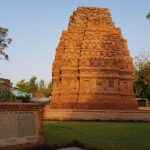
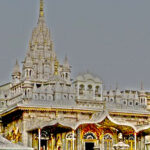
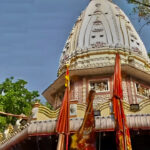
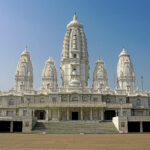


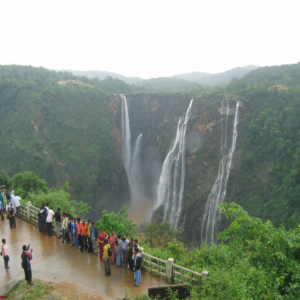


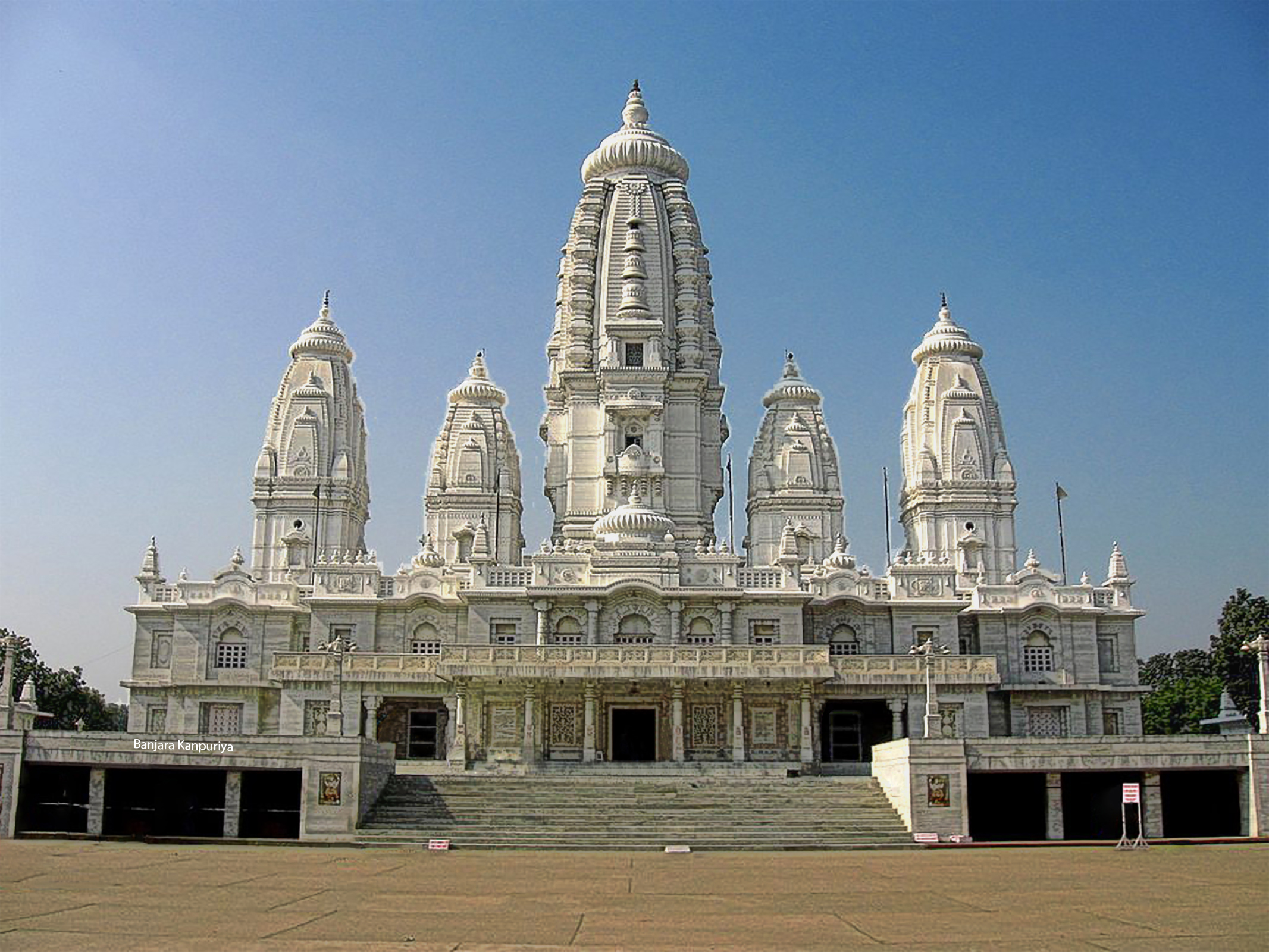
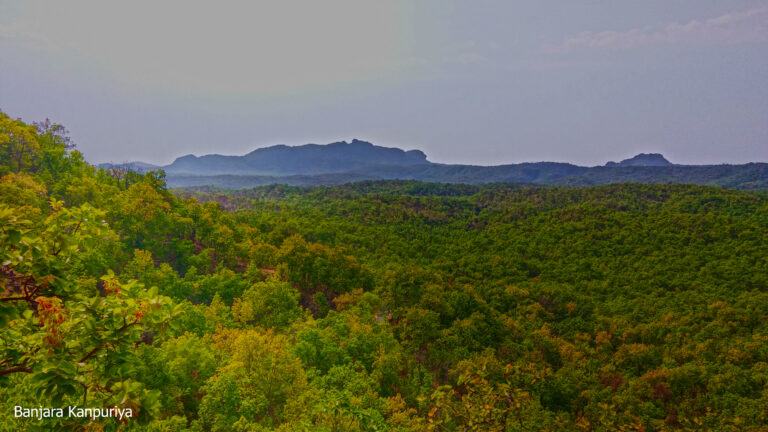


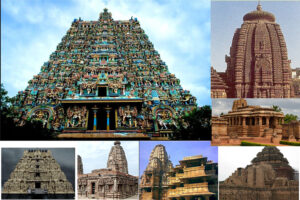


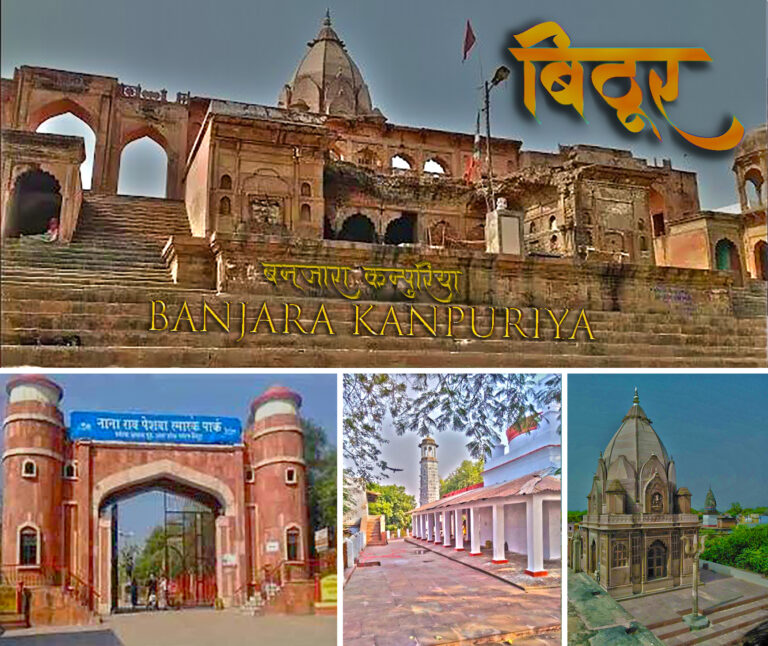


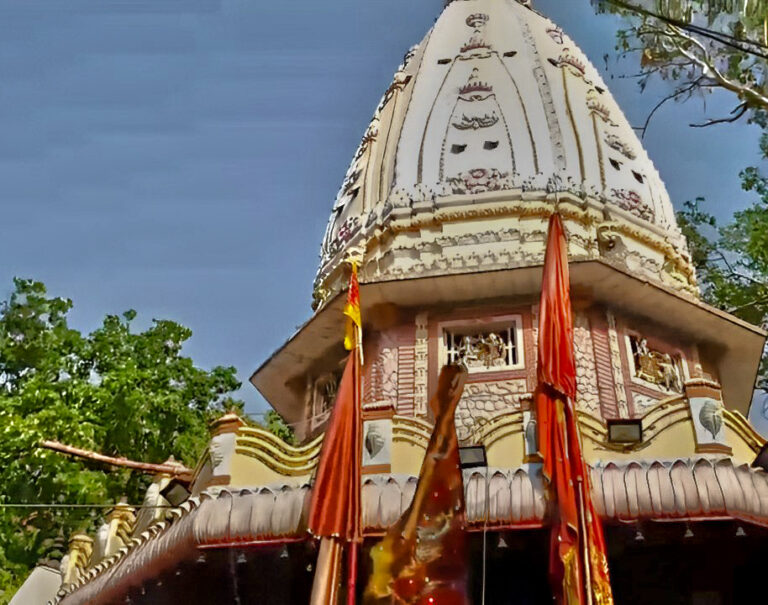
[…] July 6, 2023 […]